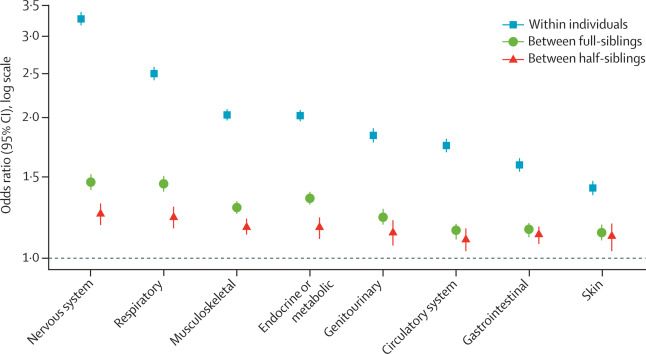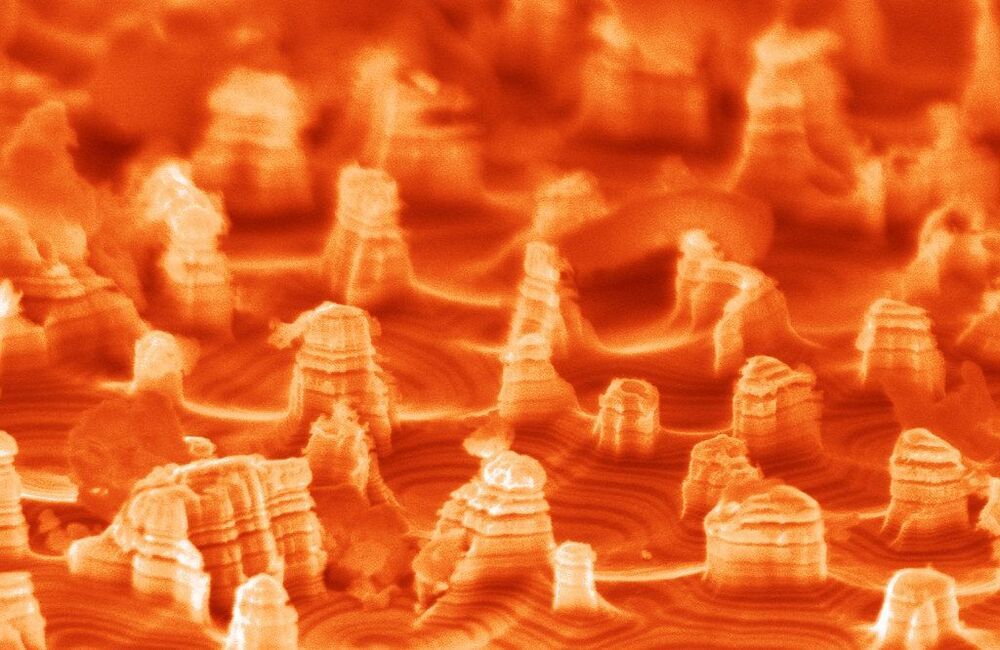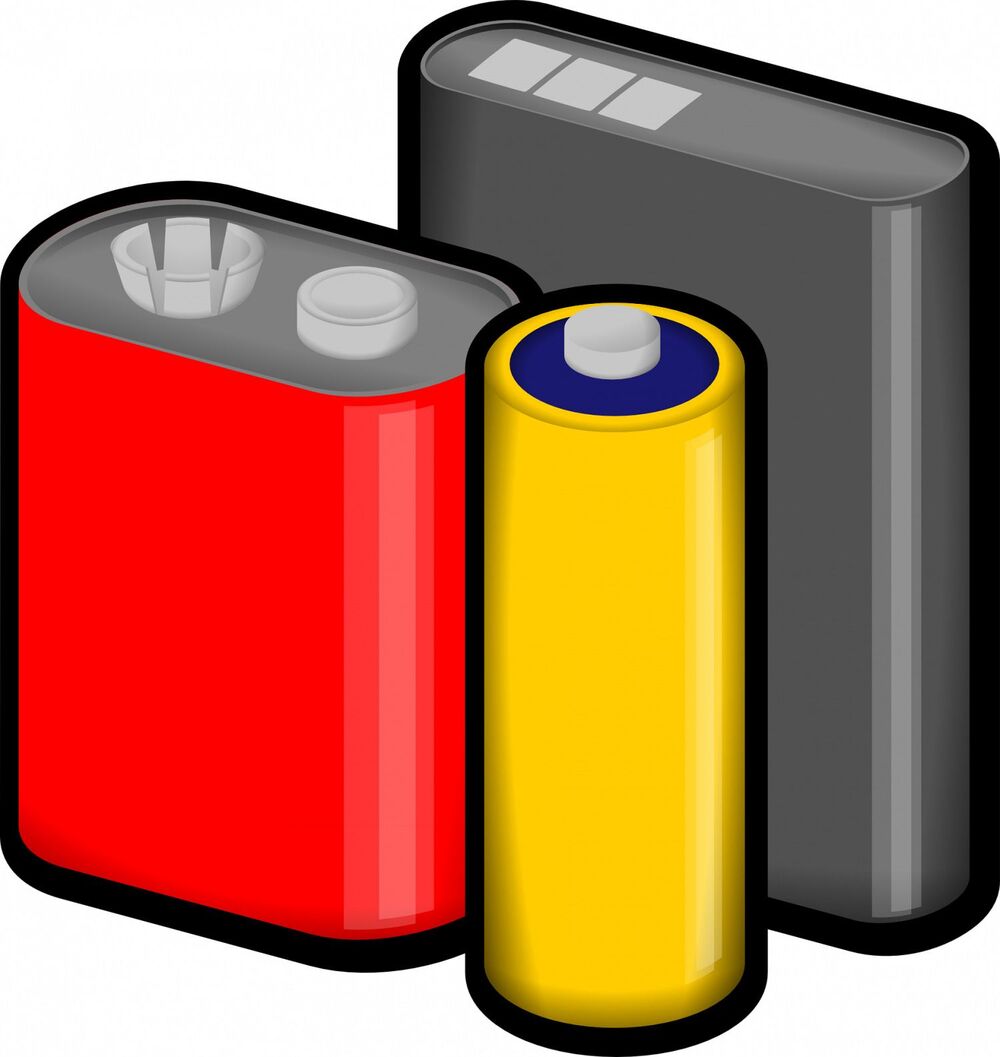The Retrobiome, Cancer, And Aging — Roswell Park Comprehensive Cancer CtrThe Retrobiome, Cancer, And Aging — Dr. Andrei Gudkov, PhD, DSci, Roswell Park Comprehensive Cancer Center, joins me on Progress, Potential, And Possibilities Cornell University College of Veterinary Medicine #Cancer #Vaika #Genome #DnaDamage #ImmunoSenescence #Pets #Dogs #Health #Lifespan #LifeExtension #Inflammaging #Longevity #Aging #Oncology
Dr Andrei Gudkov, PhD, DSci, is a preeminent cancer researcher who serves as Senior Vice President, Research Technology and Innovation, Chair of the Department of Cell Stress Biology, and a member of the senior leadership team for National Cancer Institute (NCI) Cancer Center Support Grant at Roswell Park Comprehensive Cancer Center (https://www.roswellpark.org/andrei-gudkov).
Dr. Gudkov is responsible for building on the basic and translational research strengths of the Cell Stress Biology program in DNA damage and repair, photodynamic therapy, thermal and hypoxic stress and immune modulation.
Dr. Gudkov assists the President & CEO in developing and implementing strategic plans for new scientific programs and enhancing collaborations in research programs with regional and national academic centers as well as with industry.
Before joining Roswell Park, Dr. Gudkov served as chair of the Department of Molecular Genetics at Lerner Research Institute, Cleveland Clinic Foundation, and Professor of Biochemistry at Case Western University. He earned his doctoral degree in Experimental Oncology at the Cancer Research Center, USSR and a Doctorate of Science (D.Sci) in Molecular Biology at the Moscow State University, USSR. He has authored or co-authored over 135 scientific articles and holds 27 patents.








